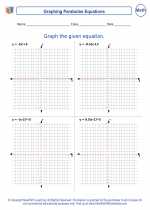Complement Rule in Probability
The complement rule in probability states that the probability of an event not occurring is 1 minus the probability of the event occurring. In other words, if the probability of event A happening is P(A), then the probability of event A not happening is 1 - P(A).
Formula
The complement rule can be expressed using the following formula:
P(A') = 1 - P(A)
Where:
P(A') = Probability of event A not happening
P(A) = Probability of event A happening
Example
For example, if the probability of drawing a red card from a standard deck of 52 playing cards is 1/4, then the probability of not drawing a red card is 1 - 1/4 = 3/4.
Study Guide
Here are some key points to remember about the complement rule in probability:
- The complement of an event A, denoted as A', refers to the event of A not happening.
- The sum of the probabilities of an event and its complement is always 1.
- The complement rule is useful for calculating probabilities when it is easier to determine the probability of an event not happening rather than the probability of the event happening.
It's important to understand the complement rule in probability as it is a fundamental concept in probability theory and is widely used in various real-world applications.
.◂Math Worksheets and Study Guides Seventh Grade. Nonlinear Functions and Set Theory

 Worksheet/Answer key
Worksheet/Answer key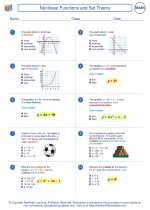
 Worksheet/Answer key
Worksheet/Answer key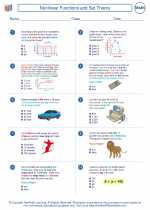
 Worksheet/Answer key
Worksheet/Answer key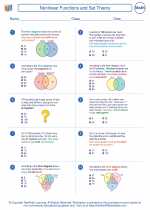
 Worksheet/Answer key
Worksheet/Answer key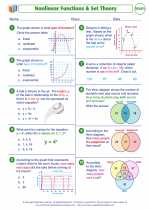
 Worksheet/Answer key
Worksheet/Answer key